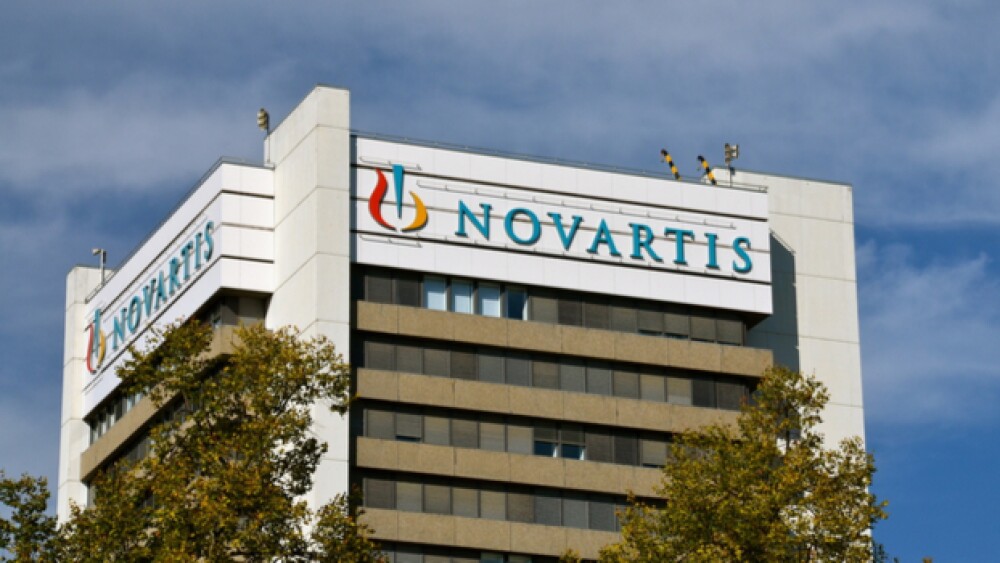Novartis managed to bridge the gap between evidence of efficacy and value in this space with a variety of value-based pricing plans developed with regional payers.
lucarista/Shutterstock
CAR T therapies hold the potential for durable, life-changing solutions for patients who have few or no therapeutic options, but only if health authorities and payers agree to reimbursement.
Novartis managed to bridge the gap between evidence of efficacy and value in this space with a variety of value-based pricing plans developed with regional payers.
Jie Zhang, head of global access & value and cell & gene therapy at Novartis, outlined the approach used to launch Kymriah – a one-time treatment for two orphan diseases with great unmet needs, pediatric acute lymphoblastic leukemia (pALL) and adult diffuse large B cell lymphoma (DLBCL) – and identified the remaining challenges Thursday at the CAR-TCR Summit Europe 2021.
The goal, he said, was to “preserve the value to patients and to reflect the value of the product.” To do this a variety of reimbursement plans were negotiated with European and U.S. payers.
Doing that for cell and gene therapies is particularly challenging. As Zhang explained, randomized, controlled trials for Kymriah weren’t feasible because of the small patient size, lack of standard of care and urgent unmet needs. Gaps in the literature made it difficult to establish robust external controls.
Then, once the therapy was in real-world use, the safety profile actually was better than in trials, supporting the potential for high value and high returns.
Against that background, “Health technology assessment (HTA) requirements were extremely challenging,” Zhang admitted. Novartis needed to:
- quantify the magnitude of added benefit and incremental cost-effectiveness ratio conferred by Kymriah
- determine the long-term benefits
- assess the benefit/risk ratio and real cost while continuously improving manufacturing
- balance value, timely access, and HTA evidence requirements
Finding the sweet spot required Novartis to deliver timely and broad access to patients, provide budgetary certainty to payers and ensure a return on investment that rewarded innovation. Yet, the evidence packages for cell and gene therapies at the time of launch rarely meet HTA requirements, he pointed out.
Novartis embarked upon a country-by-country approach, working with each set of regulators to develop reimbursement plans that worked for each party.
It began in Germany with full access and free pricing plus a pay-for-performance strategy to provide timely patients access and minimum payer uncertainty.
“If you think about it, we had conditional approval with continuous data generation,” Zhang said.
After one year, the evidence was assessed.
“At the end of the second year, the authority requested additional data to reevaluate the pricing and reimbursement agreement,” he said. “A full assessment occurred when €50million in sales were reached.”
That resulted in full approval.
In France, a temporary use authorization (ATU) allowed access before European Medicines Agency (EMA) approval, piggybacking off real-world data generated in Germany. The French agreement adjusted pricing and reimbursement based on longer-term data and real-world evidence (RWE). Novartis set pricing once the drug gained EMA approval, and agreed to refund any differences between that price and the final, negotiated price.
With Germany and France on board, Novartis submitted an early dossier to the U.K.’s National Institute for Health and Care Excellence (NICE). That organization granted funding within 10 days of the EMA approval.
“After five years (from pivotal trials) we will bring long-term data and RWE to NICE for reassessment,” Zhang said.
In each of these countries, providing additional data “will allow us to align value and price, and value and evidence, incentivizing us to continue to evaluate long-term and RWE data,” he said.
In both Italy and the U.S., reimbursement is based upon pay-for-performance.
Payers in Italy make an up-front payment of a percentage of the price of the drug at the time of treatment and additional payments at certain points. If the treatment is successful, its full price is reimbursed.
In the U.S., reimbursement is only for pALL patients.
“The therapy is shipped without an invoice to the hospital. At one month, when the outcome is positive, an invoice is sent,” Zhang said.
These two pay-for-performance approaches reduce uncertainty for payers and provide access to Kymriah to U.S. patients at the time of U.S. Food & Drug Administration (FDA) approval, and 12 months after EMA approval for those in Italy.
“We’ve made significant progress in bringing Kymriah to patients in a timely manner,” Zhang acknowledged, “but in many markets there is a significant gap between regulatory proof of efficacy and patient access. Many can’t access CAR T therapy, for many reasons.”
To bridge those gaps, Zhang called for establishing and widening conditional reimbursement schemes to enable patient access on the first day a drug is approved. Strategies to support that include:
- pay-for-performance
- installment payments
- risk-pooling
- subscription payment models.
“Pay for performance and installments work in many markets,” Zhang said. For others, risk pooling is an option, creating “a national fund rather than funding reimbursement by province or payer.”
In addition to these tools, Zhang called for expanding the infrastructure to collect and use RWE.
“What kind of data do we need to generate?” he asked. “A lot of registries are based on clinician or registry perspectives (rather than real-world and patient perspectives), so a lot of work is needed.
“It’s also important to establish an early dialog between manufacturers and payers so it’s clear what (data) payers need and what manufacturers can generate.
Zhang also noted the need for strategies to enable timely, effective, cross-border treatments.
“CAR T therapy is unique and needs significant investment from local markets for it to be available,” he said.
Given that limitation, cross-border treatments are inevitable.
To streamline that reality, patients need an easy way to locate CAR T treatments and treatment centers, a broad referral network, translation services for medical charts, coordination of pre- and post-treatment care, and a clear funding mechanism with funding terms to enhance affordability.
“Today there are fewer than 10 approved cell and gene therapies, but there are more than 1,000 in the pipeline,” Zhang said. “As you can see, the challenge will be intensified very quickly, but the systems aren’t evolving fast enough to keep up. Broadening access is critical. We need to work together to overcome these hurdles.”
Featured Jobs on BioSpace






